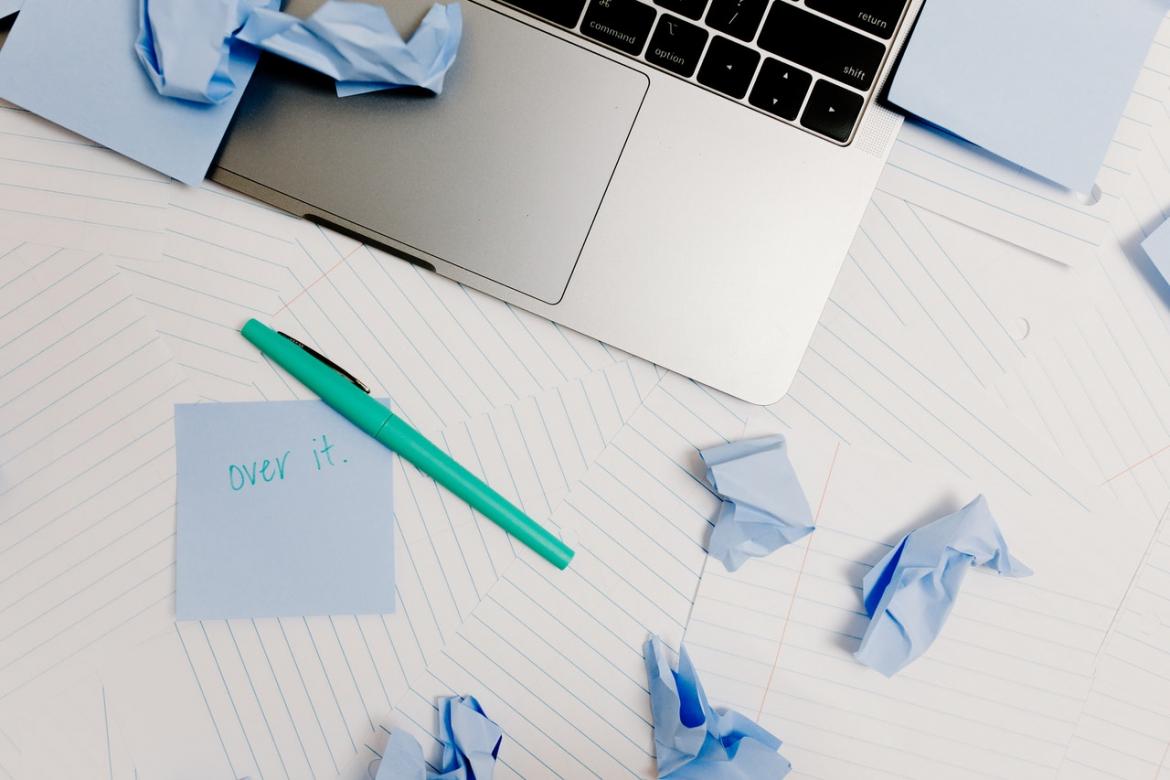
This expertise is provided by Elissa Epel, PhD, and Elena Fromer.
You are not alone. After the prolonged period of coping with social distancing and isolation, uncertainty, financial stressors, and changes in every walk of life, most of us feel fatigue, or at least a low level of well-being called languishing.
Why do I feel tired all the time? You may not be getting enough sleep, working longer hours, or not having food work boundaries now that work may be at home. You may be exhausted from two jobs, caregiving, home schooling, and your day job. Or you may have no identifiable reason for new fatigue, but it’s there. Just simply living in the pandemic is new. Our mind, even unconsciously, is taking on the mental work of living with uncertainty and that is exhausting. It requires a certain amount of our attention and vigilance, all the time. There are many possible sources for your fatigue (attentional overload, insufficient quality sleep, emotional stress/burnout, or a psychological disorder). Identifying the sources for you allows you to address them directly. Many of these causes are interrelated.
Pandemic fatigue from stress or depression may be associated with elevated levels of inflammation. Chronic stress can create sickness behavior response, triggering innate immune response, inflammation, and fatigue symptoms. These symptoms are common during chronic stress, but reversible. That said, pandemic fatigue is not to be confused with the fatigue that accompanies serious medical issues, such as myalgic encephalomyelitis (chronic fatigue syndrome), Lyme disease, thyroid issues, autoimmune conditions, or anemia. These come with symptoms other than fatigue, and need a medical work up to identify or rule out causes.
Do I have attentional overload? There are new demands on our attention. Many of us have a habit of checking the news frequently. It is understandable — there is always new news, but it is no doubt a habit you can no longer afford as it can increase stress. We recommend limiting your exposure to once a day and not near bedtime. We know from research on disasters that more media time is related to prolonged post-trauma anxiety symptoms and worse health.
Remote work can contribute to fatigue and burnout. We used to transition from home to work, and we often had protected focus time while at work. Working at home while managing the needs of others, such as pets and small children, diminishes our ability to focus on one thing for a prolonged period. This type of multi-tasking and distractions also take their toll on our energy and well-being.
Zoom fatigue is partly due to this demand on our attention. We are used to interacting with people in person, where we get strong signals from them — from body language, voice, and emotional expressions. On Zoom, all we get are weak signals. We need to strain harder to read the situation, context and content, all at the same time. Plus we may be dealing with a Brady Bunch box of 10 faces at one time!
Part of the problem with Zoom is that we are used to “synchrony” — the range of precisely timed vocalizations, gestures, and movements to communicate, and rely on precise responses from others to determine if we are being understood. A delay of even a few milliseconds causes our brains extra work to overcome the desynchrony. We recommend limiting Zoom meetings to 50 minutes instead of the full hour to give yourself a break. You could also consider making phone calls instead.
Stanford researchers have identified several factors that lead to fatigue, such as intense eye contact, seeing ones face while talking, and limited mobility in 2021 research. You can take a quiz to measure your level of Zoom burnout and see how your score compares with others. The scale measures factors such as eye fatigue, social fatigue (not wanting to talk with others), and motivational fatigue (not wanting to do other things after Zoom sessions).
It is critical to taking breaks during work each day. It is also helpful to break your routine by getting into new places or nature, and taking mini-vacations and real vacations when you can. Skipping vacation is common but linked to worse health. Our webinar with Jack Kornfield and friends suggested many techniques for relief from fatigue, including a guided moving meditation.





